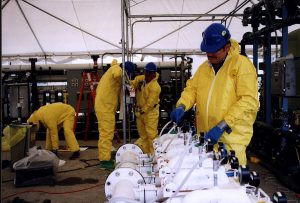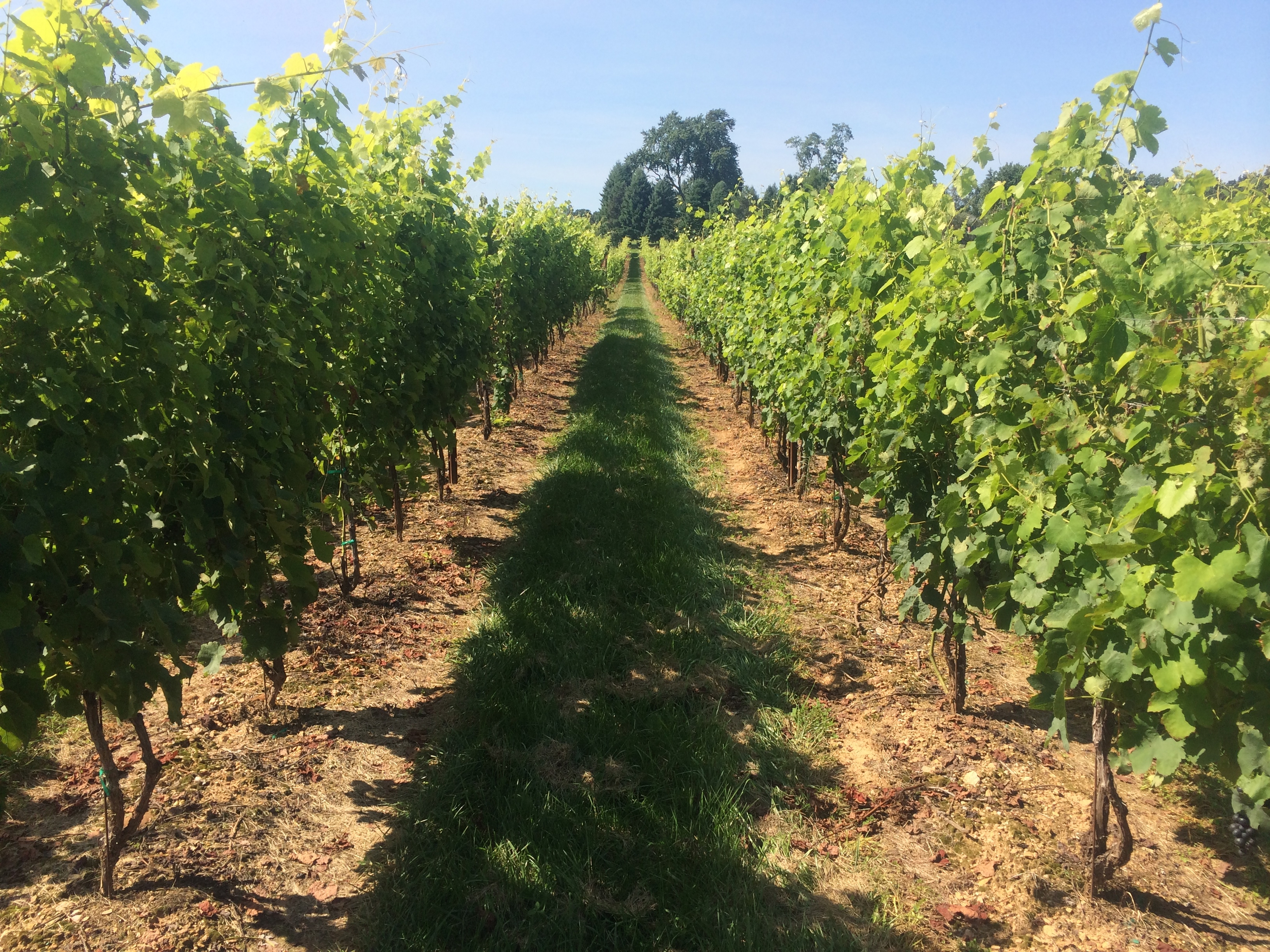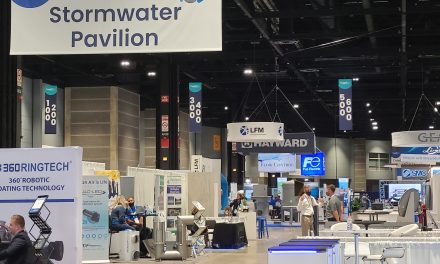In 2015, California vineyards produced more than 2.4 billion L (638 million gal) of wine, according to the Wine Institute (San Francisco). And now, a California partnership is leading the charge to convert stormwater into wine.
The Water Footprint Network (The Hague, Netherlands) estimates that each gallon of wine requires a staggering 3300 L (872 gal) of water to produce. Water requirements include grape irrigation, wine manufacturing, and equipment sanitation.
In California, where even the wettest winter in recent history struggles to refill the groundwater deficit left by 6 years of drought, sustainable solutions are in high demand for the state’s heaviest water users.
As rain continues to fall, a partnership among the University of California (Davis), General Electric Water and Process Technologies (GE; Trevose, Pa.), and wine industry solutions provider Winesecrets (Sebastopol, Calif.) is working to capture and reuse every raindrop at UC–Davis’ on-campus winery. Their goal is to divorce the winemaking facility completely from its dependence on public aquifers.
A full-bodied partnership

Reverse osmosis is a proven technology for decontaminating groundwater, but it is rarely used to treat stormwater. Coupled with existing rainwater capture systems at the University of California–Davis, the reverse osmosis pilot project between the university, General Electric (Trevose, Pa.) and Winesecrets (Sebastopol, Calif.) represents an innovative solution for safeguarding winery water supplies. (U.S. Department of Energy)
Academic buildings within the Robert Mondavi Institute complex, which houses the UC–Davis Department of Viticulture and Enology, feature a system of downspouts that convey stormwater from rooftops into a 4542-L (1200-gal) holding tank. Collected rain enters a 50-µm media filter before being pumped into two 170,343-L (45,000-gal) storage tanks.
From there, the rainwater undergoes an on-site treatment process enhanced by the donation of a reverse osmosis system and a total organic carbon analyzer by GE. The reverse osmosis system — usually used for wastewater treatment — removes pesticides, herbicides, viruses, toxins, dust, pollen, bacteria, and pollution to purify rain to potable quality. The total organic carbon analyzer ensures that treated water meets required quality for use in the winery. The partnership also provided the means to connect the winery’s stormwater treatment infrastructure to its supervisory control and data acquisition system.
“[This pilot project] has the potential to greatly enhance the industry’s sustainability efforts, particularly in areas like California that are looking for alternate sources of water during times of drought,” said Kevin Cassidy, global engineered systems business leader for GE’s Water & Process Technologies, in a news release.
The UC–Davis winery routinely treats about 26,497 L/d (7000 gal/d) of water for sanitary use in the winery. Because winery tanks and equipment come into direct contact with the finished wine, they must be cleaned regularly with highly treated wash water.
Sustainable savings
Compared to terrestrial water supplies, rainwater contains fewer contaminants. With fewer impurities to manage, using stormwater for wine production represents a more sustainable, cost-effective alternative at every step of the process from vine to glass.
“The new pilot with GE, Winesecrets, and UC–Davis to use recycled rainwater is exciting,” said Jill D. Brigham, a representative for UC–Davis’ Sustainable Wine and Food Processing Center, in a release. “The rainwater is cleaner than groundwater sources, as it doesn’t contain as much mineral content — that makes filtering the water easier.”
Collecting and storing its own water instead of relying on municipal sources also gives the UC–Davis winery greater control over the quality and quantity of its own production water, while easing a heavy burden on public supplies. Particularly in areas where water rights are becoming contentious and complicated, the move provides resiliency from future droughts and distance from burdensome industrial water regulations.
The UC–Davis facility is the first winery in the world to receive LEED Platinum Certification from the U.S. Green Building Council.






